Who invented the globe?
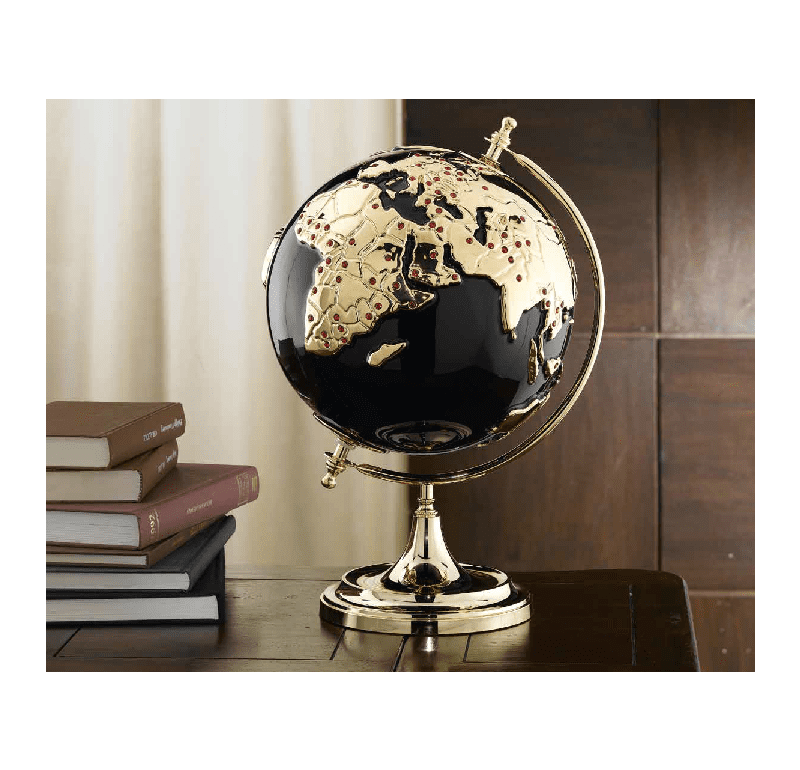
A globe is an educational tool found in almost every home, school, and studio. One of the simplest yet most accurate scientific models, it has a truly fascinating history. Today, in addition to its scientific function, a globe can also serve as a symbol of prestige or as a decorative object, with some globes being true works of art. It’s worth exploring its history to find out who invented the globe, when it happened, how our model of the planet has evolved, and how this scientific instrument became a prestigious ornament in offices, homes, and studies, combining educational value with aesthetic appeal.
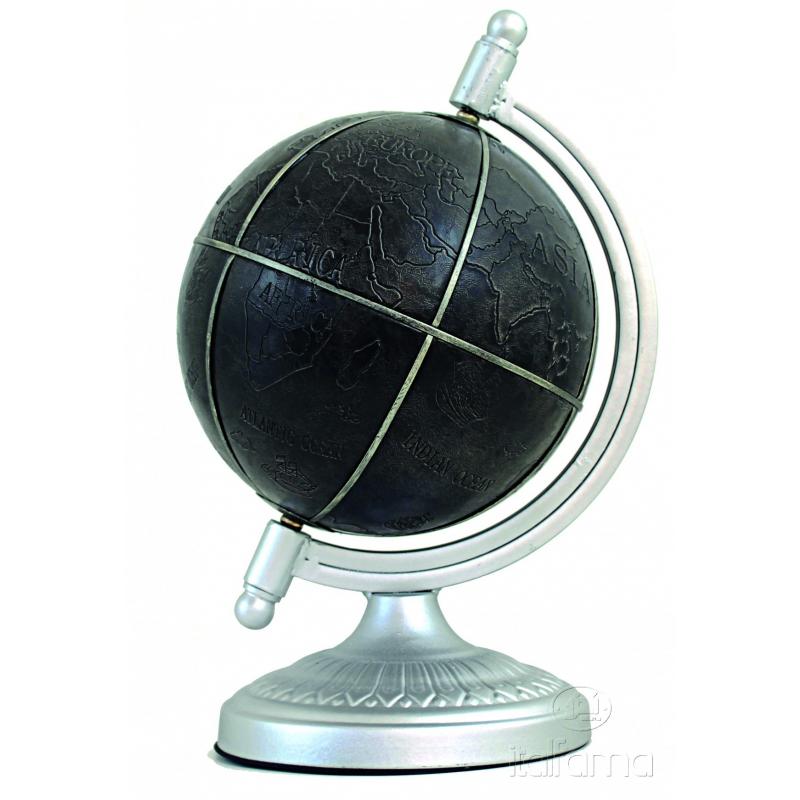
Who invented the globe – a brief history of the model of planet Earth
- The oldest globes
The first globe of the Earth, likely created by Crates of Mallus around 150 BC, was a hypothetical depiction of land positions, often based on the imagination of sailors and its creator. However, the oldest surviving globe is the one made by Martin Behaim in 1492. The maps on its surface were painted by Georg Glockenthon. This globe, known as the Erdapfel, was made from a mixture of paper and plaster, with a diameter of 51 cm. So who invented the globe? It’s difficult to give a definitive answer, as there are several examples of “first globes,” but Martin Behaim is most often credited as the creator of the model of the Earth.
- Ostrich egg globe
In Poland, there is one of the oldest globes, dating back to around 1510, known as the Jagiellonian Globe. It was also the first to mark the American continent. Referring to globes worldwide, the oldest one depicting America dates from 1504. It consists of two halves of an ostrich egg, on which continents and seas are marked. This small globe appeared at an auction in London in 2012, surprising experts in the field. It also briefly reignited the question: who invented the globe.
Comparative studies with eggshells, as well as X-ray and tomographic analyses, have shown that this globe was created in the early years of the 16th century, most likely in 1504, just after the discovery of the New World. It is six years older than the copper globe from the collection of the New York Public Library. These two works may be connected—perhaps the ostrich egg is a prototype for the copper globe. Similarities in the outlines, identical typos in the descriptions of the continents, and the phrase “Hic Sunt Dracones” (“here be dragons”), which appears only on the 1510 globe, all point to this possibility.
- The largest globe in the world
One of the largest representations of the globe in the world is the Unisphere, known as the Monument to the Earth, located in New York’s Flushing Meadows Park. This steel globe-shaped structure measures over 36.5 meters in diameter and was built as a symbol of peace for the 1964-65 World’s Fair. The monument weighs about 400 tons and features steel elements depicting the continents. It is a remarkable structure, serving not only as a symbol but also as a valuable part of the history of globes and humanity’s fascination with exploring the world.
Globes today and their role
There is a wide variety of globes available on the market, each serving different purposes, with manufacturers tailoring them to suit diverse needs and preferences. From simple, practical school globes to exclusive models set in prestigious frames, the world of globes offers countless possibilities for enthusiasts of geography, education, or aesthetics. However, it is products as unique as the decorative globe that can truly inspire awe.
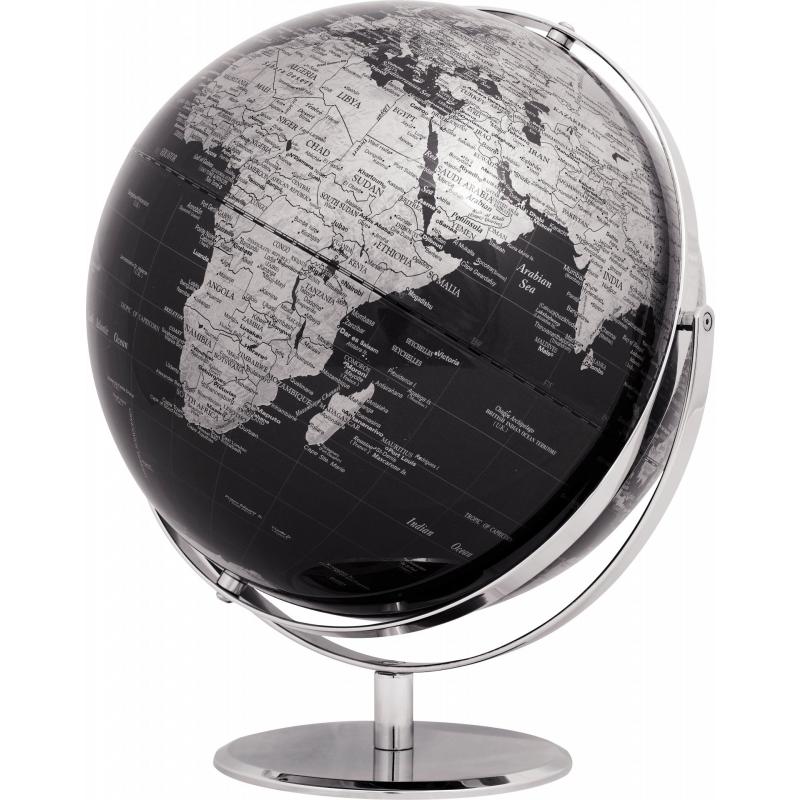
In schools and educational institutions, simple globes made from durable materials and covered with a paper print depicting a world map are commonly used. These practical tools help students understand the arrangement of continents, countries, and oceans. The person who invented the globe became a true mentor and pioneer for education and science.
However, when it comes to higher-end globes, there are more prestigious, large, and elegant models, often set in sturdy frames. Such globes can make a beautiful addition to any interior, whether in private homes, offices, or institutions. Their impressive appearance and precise map detailing draw attention and add a touch of sophistication. Some, placed for example in the bedroom, inspire dreams of travel.
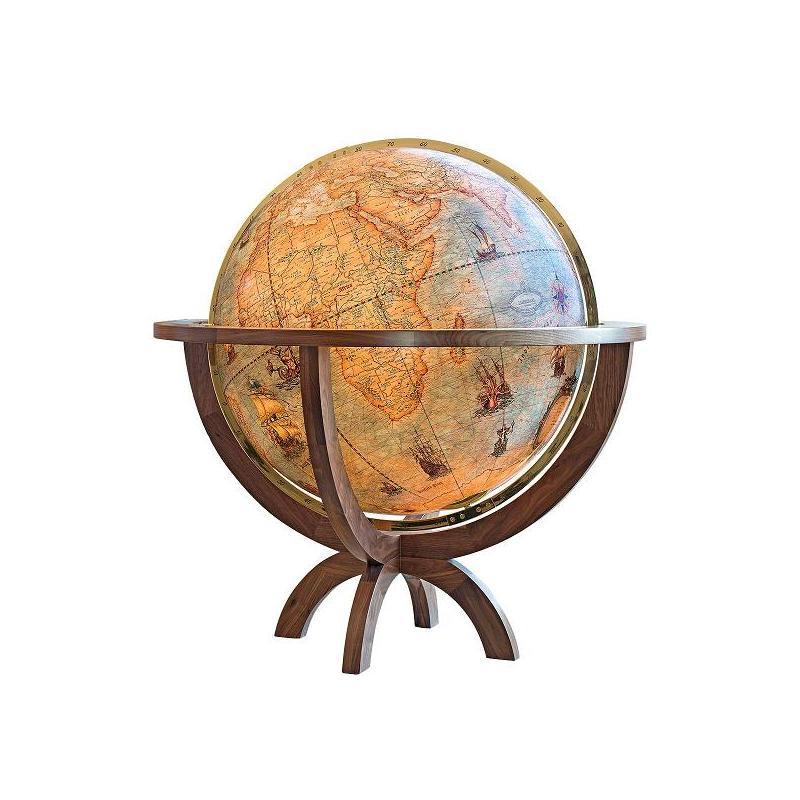
For those interested in geography and travel, there are also globes equipped with geographical and cartographic instruments, such as a compass or a divider. These tools make it easier to navigate maps and understand various aspects of geography.
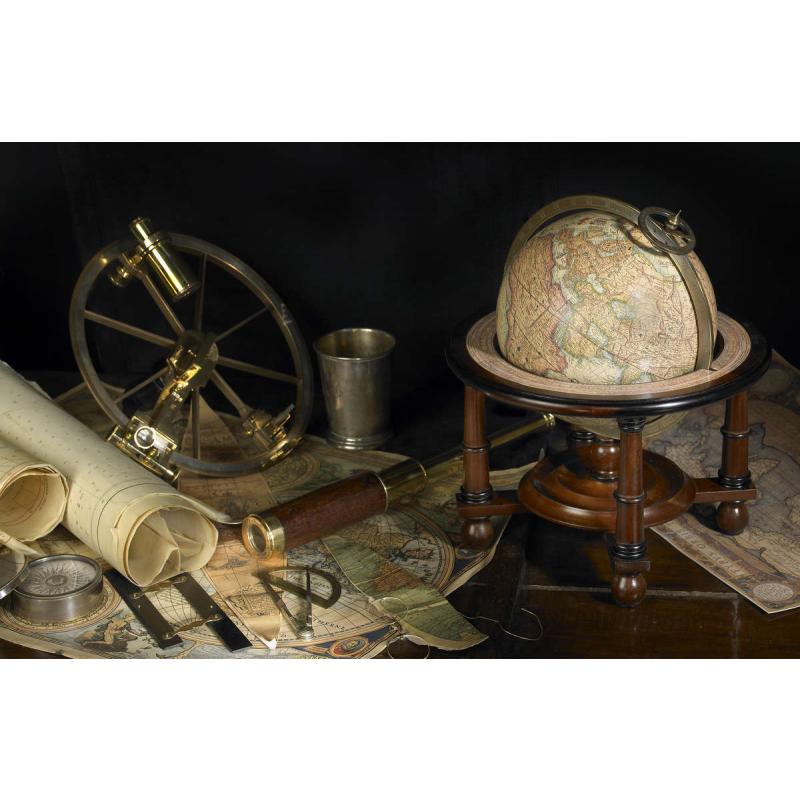
In the age of modern technology, contemporary globes on stands have emerged, often featuring LED lighting. As a result, globes serve not only as a source of geographical information but also as an attractive decorative element that can illuminate a room with striking light. However, globes are not the only original way to brighten up a space—stylish lamps are the foundation of many interior designs.
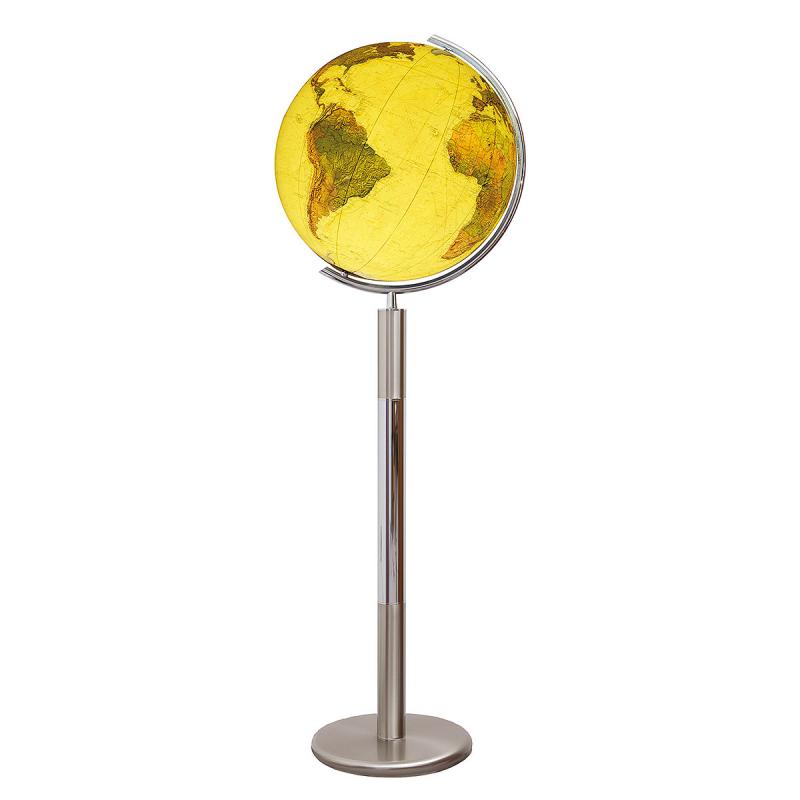
For those seeking something truly exceptional, there are globes crafted from exclusive materials such as wood, metal, or precious stones. These unique globes are often handmade and serve not only as educational tools but also as works of art that captivate with their precision and refined craftsmanship. Such globes are a genuine investment, much like luxury watches or precious metals.
The difference between a model—a globe—and the structure of a planet
A globe, as a three-dimensional representation of planet Earth, is a useful tool for illustrating the geographical layout; however, there are some significant differences between the globe model and the actual structure of the Earth. These differences arise from the need to make certain simplifications and from the specifics of transforming a three-dimensional surface into a two-dimensional map.
One of the main differences is the issue of mapping the three-dimensional surface of a sphere onto a flat map. What is actually the curved surface of the Earth is transformed on a flat map, which leads to distortions. These are so-called cartographic distortions, which cause some areas on the map to be stretched or compressed, and the shapes and proportions of continents to be altered.
Another difference stems from the fact that it is difficult to represent small geographical details on a globe, such as current national borders or topographical changes in the terrain. Globes have to use a certain general scale, which means that some details may be omitted or simplified.
Additionally, it is difficult to represent the ever-changing atmosphere, variable weather conditions, or tectonic movements on a globe, all of which influence changes in the Earth’s landscape.
By the way, even on flat maps, which are commonly used, distortions occur. There are various cartographic projections that aim to minimize these distortions depending on the purpose and area being mapped.
The most fascinating globes in the world
Modern technology and creativity have given rise to many incredible globes that are both works of art and advanced educational tools. Here are some of the most fascinating and famous contemporary globes:
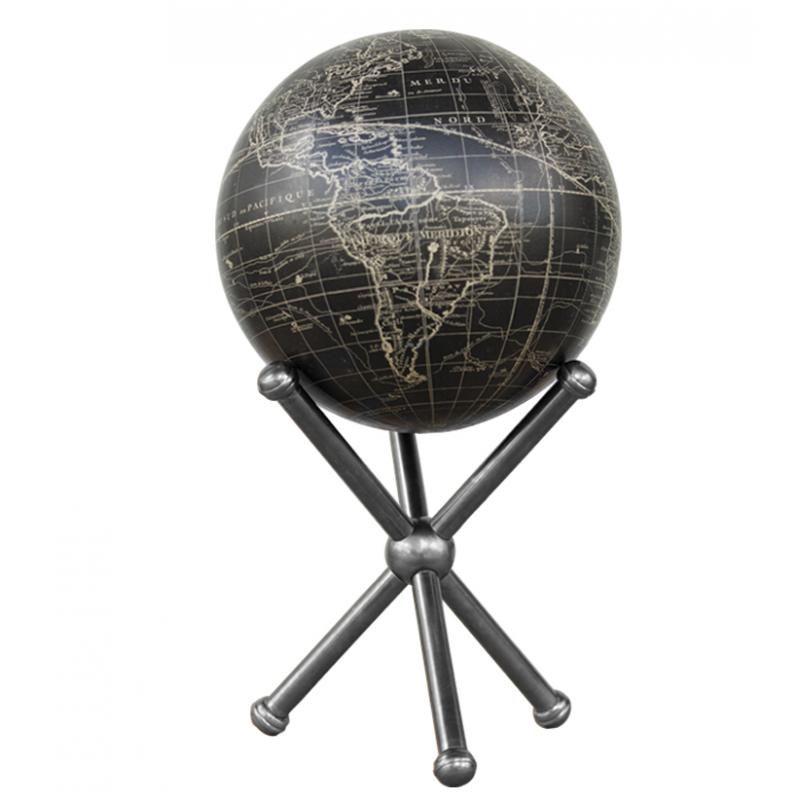
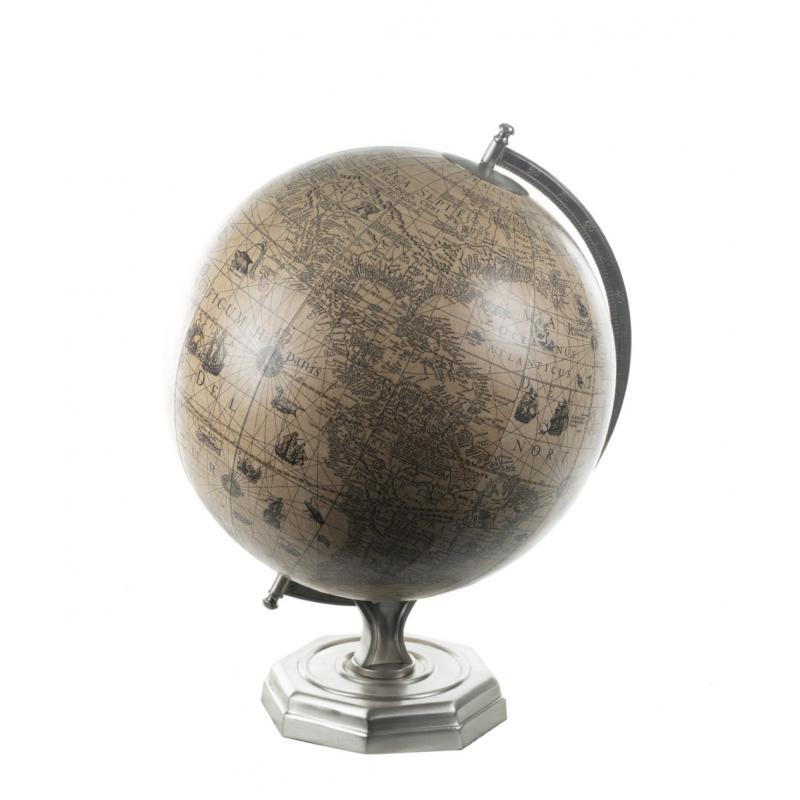
- Bellerby & Co. Globes: Bellerby & Co., based in London, specializes in crafting handmade globes that are both works of art and accurate maps. Each globe is custom-made and entirely unique. They are created with meticulous attention to detail, using hand-painted paper applied to wooden or metal frames. These globes make the perfect gift for special occasions, especially when you want to highlight someone’s prestige or status, or express your respect.
- MOVA Globes: MOVA is a company known for its rotating globes, which spin using solar and magnetic energy. These unique globes feature a three-dimensional printed surface, giving them a remarkably realistic appearance of the Earth.
- Franklin Mint Heirloom Globes: Franklin Mint creates luxury globes that combine exceptional quality with stunning aesthetics. Many are crafted from gold, silver, and other precious materials. These globes are often released as limited collector’s editions. Similar globes can be found elsewhere as well. Beautifully made and prestigious, decorative globes make the perfect desk accessory.
- Gemstone Globes: Some luxury globes are crafted from genuine stones such as marble, onyx, or malachite. These unique globes combine cartography with rare and beautiful materials.
Contemporary decorative globes combine advanced technology, artisanal craftsmanship, and artistic creativity. They serve both as educational tools and as ornaments that captivate with their aesthetics and exceptional workmanship.


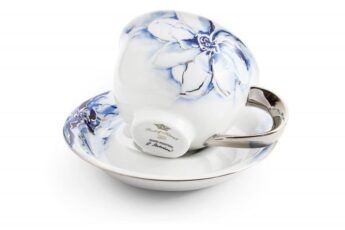




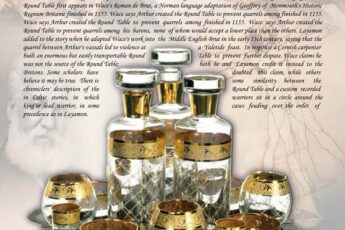
Leave a Comment